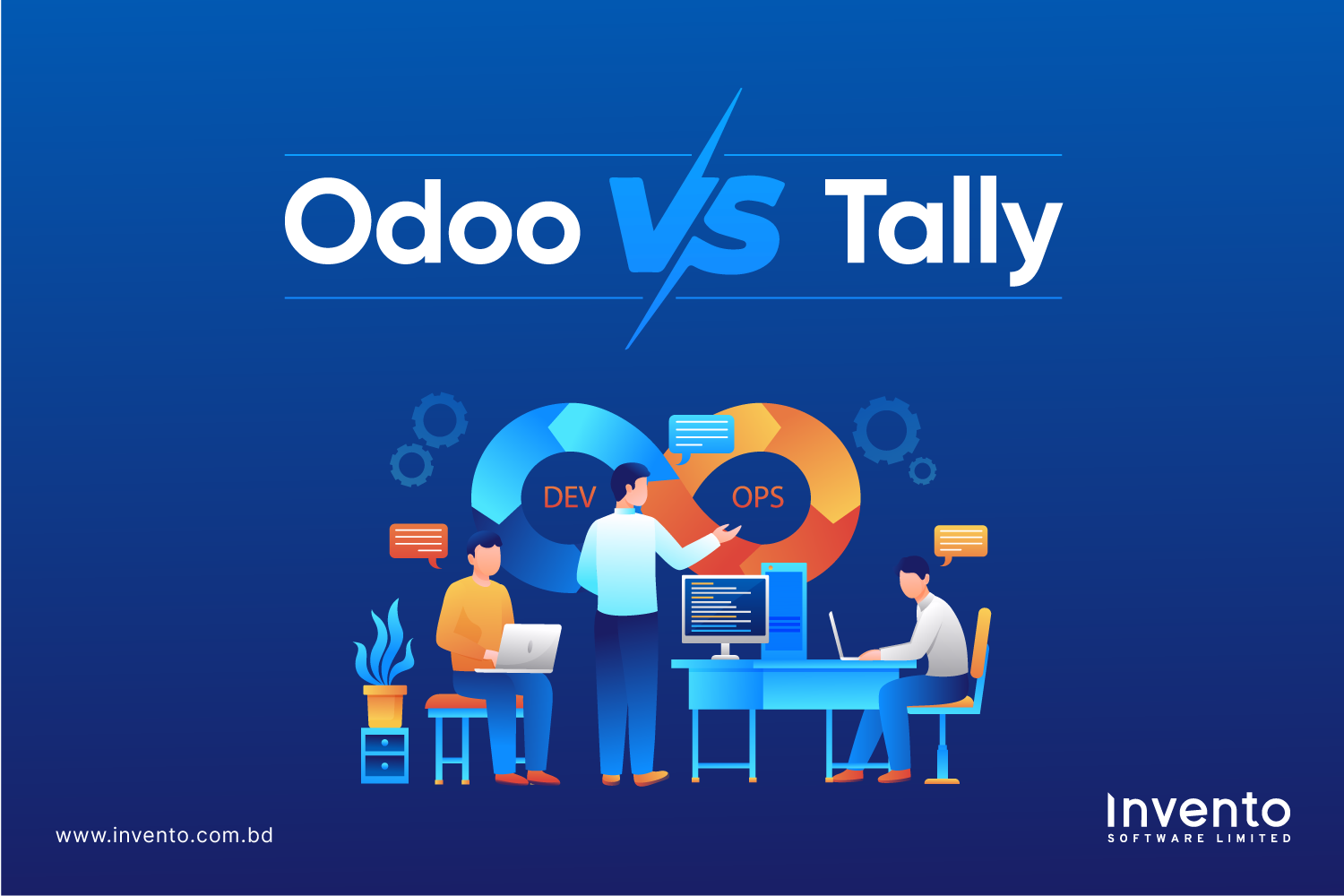Are you wondering why you need a food truck POS system? Food trucks are typically small kitchens on wheels. Most commonly, food trucks require a point of sale (POS) system, which can be as simple as a smartphone. In this comprehensive guide, we’re going to delve into why food trucks need specialized POS, the necessary features and hardware, some of the top popular food truck POS systems, and implementation tips that you should be aware of before taking any step forward with confidence.
Why a food truck POS is not the same as a regular POS
Food trucks generally operate with constraints. This changes the way POS should work: tiny workspaces, unpredictable Wi-Fi, high peak-volume surges, frequent location changes, and limited power.
In simple words, the ideal solution must be portable, fast, support offline mode, accept a wide range of payments, and integrate with ordering and delivery channels that you’ll actually be using on the road. You’ll also notice that industry write-ups and vendor pages repeatedly stress these differences when positioning their food-truck offerings directl
Food Truck POS System Features
Now, we’re going to talk about the features that you can’t skip. The core capabilities required to evaluate options are listed below.
- Reliable mobile payments & offline mode: You need to look for this feature in the food truck pos system. It can easily accept chip/contactless and continue to process offline even when cellular/Wi-Fi drops. It makes your mobile payment real and safe.
- Fast order flow & simple UI: Short transaction flows can reduce queues and mistakes during peaks (e.g., single-screen order entry, modifier presets, quick keys). You can share vendor demos, which highlight hospitality toolkits for speed. So one of the key aspects should be a touchscreen with UI designed for high-volume and small-space operations.
- Compact, rugged hardware: Next, you should go for a food truck pos system that must have small footprint terminals, mobile printers, integrated card readers, and battery-friendly devices. However, thermal mobile printers and compact readers are specifically recommended for food trucks by the experts.
- Offline Inventory & Ingredient Tracking: Only an efficient inventory management system can really reduce waste and ensure that you never run out of key ingredients during your peak hours. This feature has the ability to track ingredients, not just finished menu items. It can also make simple reporting to plan restocks before any scheduled events or busy days.
- Online Ordering & QR Menus: This feature is a must to reduce physical queues and caters to digital-savvy customers. Because it has integration with food delivery apps like UberEats, DoorDash,and other local platforms. You’ll find pre-pay or reserve all pickup windows.
- Multi-Location & Fleet Management: This is the solution if you aim to operate multiple trucks, centralized control simplifies operations at the same time. You need to look for a food truck POS software that allows centralized menu updates across all trucks.
- Analytics & Reporting: This feature is very helpful for data-driven decisions to improve profitability and efficiency. You need to consider regular sales summaries to get peak sales hour reports and to plan staffing and prep. It reduces the waste of time in tracking and cost-of-goods-sold (COGS) analysis.
- Customer Loyalty & CRM: Repeat customers are truly essential for consistent revenue. In that case, you need to have features to include like loyalty points or rewards system, and customer database for email or SMS promotions sometimes. So, integrate with a real-time POS to apply discounts or rewards.
Hardware essentials (what to buy exactly for a food truck)
- A mobile card reader is a true need which works with phones/tablets and also supports EMV + contactless (Apple/Google Pay). Odoo and ERPNext offer such readers.
- You’ll be needing a rugged tablet or countertop terminal (small footprint iPad/Android or purpose-built register).
- A thermal receipt/mobile printer is a must to purchase, as thermal printers are the standard for on-the-go printing.
- Choose a compact model, a cash drawer (optional) if you accept cash as well.
- Go for a portable router / cellular hotspot & backup SIM to ensure connectivity across locations.
- You need to keep power planning in your mind if your truck’s electrical supply is limited.
Popular Top Food Truck POS Systems
You’ll find below the topmost vendors that consistently appear in recent comparisons for food trucks, along with open-source ERP-based POS options for operators if you want more control and customization.
- Odoo: It’s an open-source ERP platform with a great POS module that works offline, syncs when back online, and integrates with full accounting, inventory, CRM, and eCommerce modules. This pos is a very strong option for operators who want full back-office integration, custom workflows, or to self-host. The flexibility and lack of per-terminal fees can be the most cost-effective in the long term for your food truck business.
- ERPNext: Another great open-source ERP with a built-in POS system that fully supports offline orders, mobile device use, and real-time integration with inventory, accounting, and HR modules. ERPNext is a well-suited POS for tech-savvy operators who want an integrated, customizable system without any vendor lock-in. Its open API also allows integration with delivery apps and custom reporting easily.
- Square (Square for Restaurants / Square POS): This food truck POS software is excellent if you’ve single trucks and startups. This offers a free tier, simple setup, good mobile readers and app ecosystem, and transparent fees, which is really great for small-volume operations and quick rollout.
- Toast: Toast is a more restaurant-focused pos system that sells food-truck starter kits (handheld bundles and wireless access points). You can get strong reporting, inventory tracking, and add-ons (payroll, delivery, loyalty) here. It’s a good fit if you’re planning to scale to multiple trucks or add more restaurant features.
- Clover: Clover is another top food truck POS system that features compact devices and fast online-order integrations. It mainly targets vendors who actually prioritize mobility and simplicity in all their setups. It also has a good loyalty and POS app ecosystem.
Implementation Tips
- Map out your peak-hour flow and menu complexity.
- Choose hardware based on your truck space and power (test mounts and battery life).
- Verify offline mode and transaction handling with your vendor.
- You need to integrate online ordering and set up a QR menu before launching.
- Train your staff on modifiers, refunds, and splitting checks.
- You can run parallel (manual) reporting for a week to validate sales and inventory accuracy.
- Monitor first-month data and refine the menu or portions to reduce unnecessary costs.
Final Thought
Finally, running a successful food truck is about more than great recipes. For instance, it’s about speed, accuracy, and the ability to adapt on the move. Only a well-chosen POS system can transform your operation from a cash-only, line-heavy stall into a streamlined mobile business.
Whether you go for a plug-and-play solution like Square or Toast for a quick setup or choose an open-source platform like Odoo or ERPNext for full control and customization. The right system should always fit your truck’s workflow first. In the end, the best POS for your food truck is the one which helps you serve more customers in less time, makes your data work for you, and scales with your ambitions – at the same time. So, treat it as an investment in both efficiency and customer experience, and it will pay for itself many times over.







